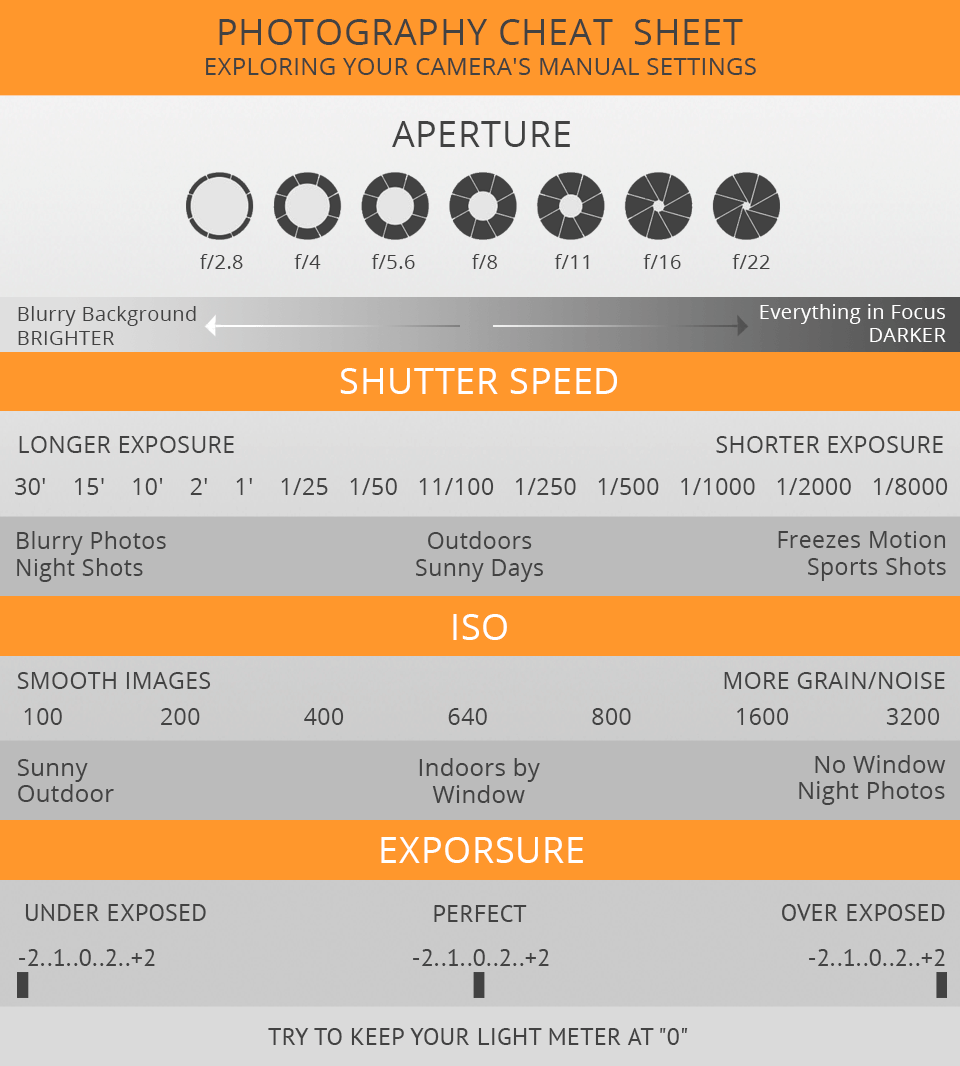Join Us To Discover Vital Digital Photography Tips That Will Open Your Video Camera'S Possibility-- Prepare To Capture Spectacular Pictures In No Time At All!
Join Us To Discover Vital Digital Photography Tips That Will Open Your Video Camera'S Possibility-- Prepare To Capture Spectacular Pictures In No Time At All!
Blog Article
https://writeablog.net/genaro5vince/easy-ways-to-boost-your-portrait-photography -Weber Monroe
When you first grab your cam, it can really feel frustrating with all the settings and alternatives offered. You could find yourself questioning exactly how to browse aperture, shutter rate, and ISO efficiently. Grasping these fundamentals is important, yet there's even more to digital photography than just technical knowledge. Recognizing structure methods and illumination problems can boost your images dramatically. So, what happens if you could learn simple strategies to improve your abilities and begin catching excellent images quicker than you assume? Let's check out exactly how to transform your photography journey.
Recognizing Camera Setups
Comprehending your cam settings is important for capturing stunning images. When Executive headshots get your cam, familiarize yourself with the 3 major settings: aperture, shutter speed, and ISO. Each plays a vital duty in just how your images end up.
Beginning with aperture, which controls the quantity of light entering the lens. A larger aperture (lower f-number) allows extra light and creates a stunning background blur, excellent for pictures. Alternatively, https://telegra.ph/Innovative-Ways-To-Market-Your-Digital-Photography-Solutions-01-07-2 (higher f-number) keeps more of the scene in emphasis, suitable for landscapes.
Next off, focus on shutter speed. This setting establishes for how long your camera's sensing unit is exposed to light. A fast shutter speed freezes motion, which is excellent for activity shots, while a slow-moving shutter rate can develop stunning effects like smooth water in landscapes.
Lastly, change Suggested Online site . This setting affects your cam's level of sensitivity to light. A greater ISO works in low-light situations but can introduce sound or grain. Go for the most affordable ISO possible while still achieving appropriate exposure.
Composition Methods
When you're out capturing, make-up can make all the distinction in how your pictures reverberate with viewers. Start by utilizing the regulation of thirds; envision your frame divided into nine equivalent sections with two straight and two upright lines. Placement crucial elements along these lines or at their junctions to develop equilibrium and rate of interest.
Next off, take into consideration leading lines. These all-natural lines in your scene, like roadways or rivers, attract the visitor's eye into the photo, directing them through the story you're informing.
Don't ignore mounting; usage aspects within your scene, like trees or home windows, to create a frame around your topic, including deepness and emphasis.
Also, keep an eye on your history. A chaotic background can sidetrack from your major topic, while a straightforward one helps it stand out.
Last but not least, try out proportion and patterns; they can produce a striking image that catches focus.
Learning Lights Issues
Mastering lights conditions is important for catching spectacular photos, as the best light can change a common scene into something phenomenal.
Start by observing natural light at different times of the day. Mornings and late afternoons provide the best light, referred to as the golden hour. The soft, cozy tones during these times can boost your images magnificently.
Do not avoid overcast days either; diffused light can minimize rough darkness and develop a pleasing effect, particularly for pictures.
Try out backlighting by positioning your topic against the light. This strategy can produce a fanciful halo result and add deepness to your pictures.
Focus on your electronic camera settings too. Change the ISO, aperture, and shutter rate to match the lighting problems. A greater ISO can help in reduced light, yet be cautious of grain.
Use a tripod in darker atmospheres to prevent blur.
Finally, do not forget synthetic illumination. Flash and continuous lights can be great tools for controlling light in challenging conditions.
Conclusion
To conclude, grasping your cam doesn't need to be overwhelming. By recognizing your settings, applying structure strategies, and harnessing the power of all-natural light, you'll promptly boost your digital photography skills. Keep in mind, exercise makes perfect, so get out there and experiment with your newly found knowledge. With time and dedication, you'll be recording stunning photos that show your unique point of view. Delight in the journey, and don't neglect to have a good time while you go to it!
